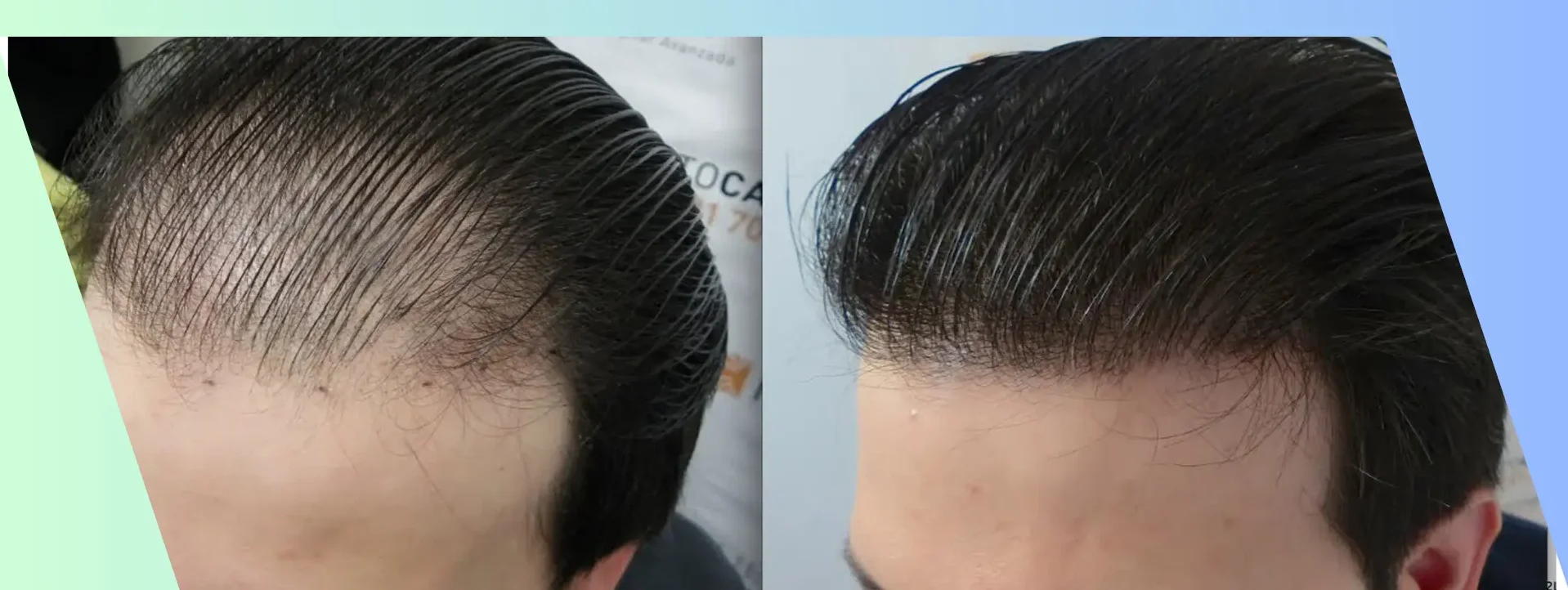
Most people expect new hair but don’t anticipate what the healing process might actually involve. They imagine the outcome, not the in-between. Redness, swelling, and crusting are common right after surgery. These reactions can feel alarming if patients aren’t told to expect them. The scalp reacts to incisions, extractions, and implanted grafts like any wound. The body mobilizes fluids and immune cells to begin healing. This response appears visibly through inflammation. Understanding this natural phase helps reduce panic and avoid unnecessary intervention. Knowing what’s normal post-op is as important as knowing what’s not.
Swelling around the forehead and eyes is usually temporary but still unnerving for many patients
Swelling around the forehead and eyes is usually temporary but still unnerving for many patients. It can begin a few days after surgery, especially with procedures involving large graft numbers. The swelling follows gravity and may travel down from the scalp. Puffiness may affect vision briefly, adding to discomfort. Ice packs help reduce it, but only above the brow line. Sleeping with the head elevated and avoiding intense activity can also limit fluid buildup. Swelling fades within a week in most cases. If it persists or worsens, patients should contact the clinic for evaluation.
Scabbing forms around the grafts and may last up to two weeks if not handled properly
Scabbing forms around the grafts and may last up to two weeks if not handled properly. These small crusts form where each follicle was inserted. They serve as protection during the initial healing phase. Patients are usually instructed not to pick or rub them. Doing so can dislodge grafts or introduce bacteria. Gentle washing with a mild solution helps loosen the scabs naturally. Clinics provide specific cleaning schedules to balance hygiene and protection. Delaying proper washing can prolong crusting and affect the final aesthetic. Scabs should fall off gradually, not all at once.
Redness on the scalp may last longer for individuals with fair skin or sensitive vascular response
Redness on the scalp may last longer for individuals with fair skin or sensitive vascular response. It’s not necessarily a sign of infection. It’s often just a side effect of healing and increased blood flow. Some patients experience visible redness for several weeks, especially after follicular unit extraction (FUE). Sunscreen should be avoided until the skin fully recovers. Direct sun exposure can worsen redness or cause pigmentation. Moisturizers may help calm the skin, but only those approved by the clinic should be used. Redness that turns painful, hot, or spreads requires medical evaluation.
Infection is rare but possible if post-procedure hygiene instructions are ignored or misunderstood
Infection is rare but possible if post-procedure hygiene instructions are ignored or misunderstood. Signs include warmth, pus, persistent pain, and expanding redness. Most clinics prescribe preventive antibiotics to minimize this risk. Patients should avoid shared towels, dirty pillowcases, or unclean environments during the first week. Alcohol, smoking, and high sugar intake can also slow healing and raise infection risk. The incision areas must remain untouched by unwashed hands. If symptoms arise, prompt contact with the surgeon ensures proper response. Delayed treatment of infection can impact graft survival and final results.
Itching often becomes intense as the scalp begins to regenerate new skin layers and adjust circulation
Itching often becomes intense as the scalp begins to regenerate new skin layers and adjust circulation. This phase usually peaks around days five to ten. Itching is a normal sign of tissue recovery, not an allergic reaction. Scratching, however, risks disturbing the healing grafts. Patients should use saline sprays or prescribed moisturizers to soothe the area. Antihistamines may be suggested in more severe cases. Shampooing with lukewarm water and gentle patting also helps. The temptation to scratch is strong, but resisting it is critical for long-term hair density and graft retention.
Shock loss causes existing hairs near the transplant zone to fall temporarily in response to surgical trauma
Shock loss causes existing hairs near the transplant zone to fall temporarily in response to surgical trauma. This is not graft failure, but rather a temporary stress response. It affects both donor and recipient areas in some cases. Hair may thin significantly before it regrows months later. The follicles are still alive beneath the skin, preparing to re-enter their growth cycle. Most patients recover full thickness by the six-month mark. Surgeons usually explain this possibility in advance, but many forget during the recovery. Avoiding panic helps. Patience is part of the process.
Ingrown hairs can appear as small pimples or bumps weeks after the initial healing period
Ingrown hairs can appear as small pimples or bumps weeks after the initial healing period. They occur when a hair fails to break through the surface. These bumps can itch or feel sore to the touch. Warm compresses help open the skin and release trapped hairs. Over-the-counter creams with mild exfoliants may also reduce buildup. Scratching or squeezing the area can worsen inflammation and lead to scarring. Ingrown hairs usually resolve on their own within days. Persistent irritation should be examined by the clinic before applying any unapproved treatments.
Numbness or altered sensation in the donor or recipient area may last for several months
Numbness or altered sensation in the donor or recipient area may last for several months. This results from minor nerve disruption during the harvesting or grafting process. Most sensations return gradually as the nerves regenerate. It does not affect hair growth or follicle function. Some patients report tingling or heightened sensitivity instead. These sensations may shift or pulse during recovery. Cold air or light touch can feel odd temporarily. Most cases resolve fully without treatment. Only persistent numbness after six months might require evaluation or nerve-focused therapy.
Overharvesting from the donor area can create visible thinning or patchy appearance in the back of the scalp
Overharvesting from the donor area can create visible thinning or patchy appearance in the back of the scalp. Skilled surgeons carefully space extractions to prevent this. Dense packing of recipient areas must be balanced with long-term donor preservation. Poor planning or aggressive surgery may leave scars or uneven density. Some patients notice lines or gaps when hair is cut very short. Prevention depends on surgeon experience and use of appropriate tools. Revisions are difficult, and regrowth in damaged donor zones is limited. That’s why ethical graft limits matter more than immediate results.
Consistent communication with the clinic helps detect and manage side effects before they compromise results
Consistent communication with the clinic helps detect and manage side effects before they compromise results. Many problems begin small and can be corrected easily. But silence or delayed reporting lets issues grow unnecessarily. Photo updates help clinics monitor healing and suggest timely interventions. Follow-ups should include not just visual assessment but also feedback on sensation and comfort. A good clinic offers guidance long after the surgery day ends. Healing varies, and guidance matters at every phase. Successful results are rarely about one day—they’re shaped by months of attentive recovery.
